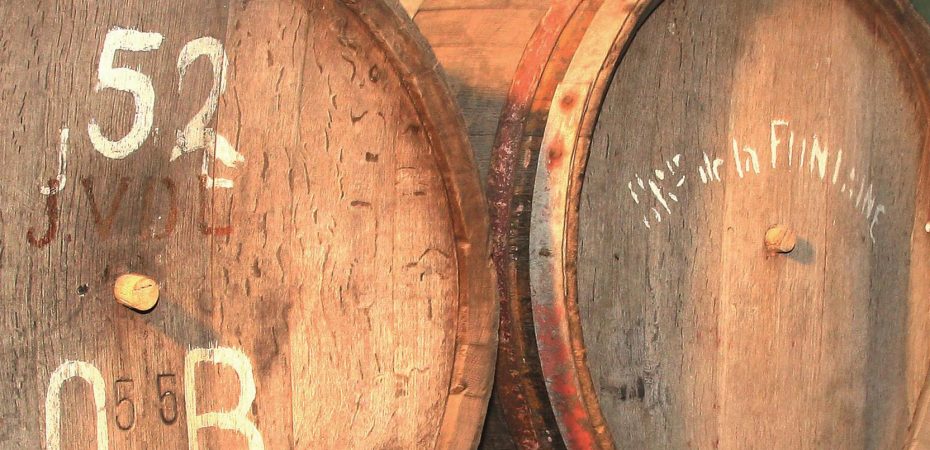It’s a long, steep clamber up from the Railway station at Beersel to the small town with its moated castle, built early in the 14th century by the Duke of Brabant to aid the defence of Brussels. When you reach the centre of Beersel you can refresh yourself with beers that form a style – lambic and gueuze – that may be older than even the sturdy, brownstone castle.
To call lambic and gueuze beers “medieval” makes them seem a trifle sudden. The town of Lembeek in Payottenland – from which it is thought the name lambic derives – had a guild of brewers as early as the 15th century. But the style is certainly older. It is a rural one, confined to Payottenland and the valley of the River Senne, with roots that go back to the dawn of brewing 3,000 years BC, when a life enhancing drink made from sodden grain was fermented by wild, airborn yeasts.
Remarkably, in an age of identikit global lager brands, lambic and gueuze are enjoying a revival. If you offered the average drinker a beer with the warning that it was sour, cidery and vinous, with no detectable hop character, they might decide to stick with Stella. But they would be missing out.
It is fitting that in a place called Beersel the lambic revival is in full swing. The Debelder family has been blending and maturing lambic since the 1950s, buying in beer from such respected brewers as Frank Boon, Girardin and Lindemans and storing them for years in wooden casks.
Blending lambic and gueuze is an art in itself and Gaston Debelder achieved a fine reputation as a result of his ability to skilfully marry more than one brew and bring it to maturity.
He taught his son Armand to follow in his footsteps: the results of their labours were available in the family restaurant Drie Fonteinen (Three Fountains) that stands on the small square called Teirlinckplein. The square is named after the local poet and playwright Herman Teirlinck who drank in the café and encouraged Gaston to continue to blend lambic when the style was under threat of extinction from the onslaught of lager after World War Two.
Ten years ago, Armand decided to brew himself. The family business was divided into the brewery run by Armand while the restaurant, with acclaimed Flemish cuisine, passed to his brother Guido.
Launching a new lambic brewery is akin to opening a whisky or Cognac distillery: it takes several years for beers to reach maturity and Armand has continued to buy beer for blending from other breweries. When Armand started to brew in 1999 it was the first new lambic brewery in Belgium for 80 years.
Willem Van Herreweghen, the brewing director of the respected Palm Ale brewery and a passionate devotee of lambic, advised Armand and assembled a mash tun and copper bought from InBev’s Jupille lager plant.
In the fashion of lambic brewers, Armand has used casks from the Cotes de Nuits wine region of France to store his beers, but more recently he has acquired wooden vessels from the Pilsner Urquell brewery in the Czech Republic.
Article Continues in Beers of the World Magazine Issue 8

